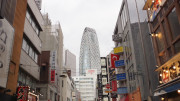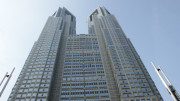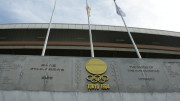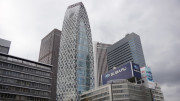Golden Gai is one of Tokyo’s hidden treasures, rich in heritage and one of the few places where you can still experience the atmosphere of the city’s entertainment districts from decades past.
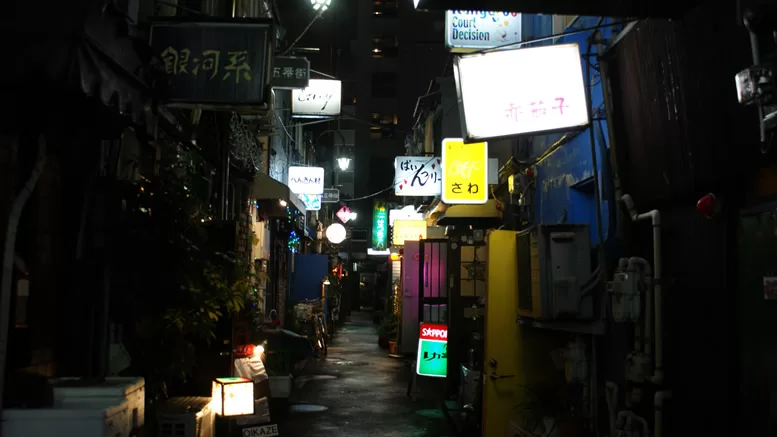
Golden Gai is a network of six extremely narrow alleys, all interconnected and lined with small bars, clubs, and tiny cafés. There are around 200 establishments, some of which can only accommodate four or five customers at a time. Many consist of a small bar—often no larger than a typical bedroom—on the ground level, with cramped living quarters on the second floor, accessible via a nearly vertical staircase.
Historically, the area was a red-light district until prostitution was outlawed in 1958. Today, it has transformed into a nightlife hub, specialising in beer, sake, and small bites. Due to the tiny size of many establishments, they often cater mainly to regulars, as space is extremely limited. However, some venues welcome visitors—look out for English signs, as they are usually a good indicator that the proprietor is open to newcomers.
Many of the bars have a unique theme, with some specialising in different music genres such as classic rock, R&B, country and western, and, of course, karaoke. In some of the smaller venues, a television behind the bar might double as the family TV, making the experience feel like you’re drinking in someone’s living room.
At one time, there were several areas like Golden Gai throughout Tokyo, but most have disappeared due to redevelopment. Fortunately, Golden Gai has survived, and today, many people recognise its cultural and historical significance. Hopefully, it will receive formal protection in the years to come.
Golden Gai is quiet during the day, as many establishments do not open until 9:00 PM or later. It is located on the eastern edge of Kabukichō, between the Shinjuku Ward Office and Hanazono Shrine.

